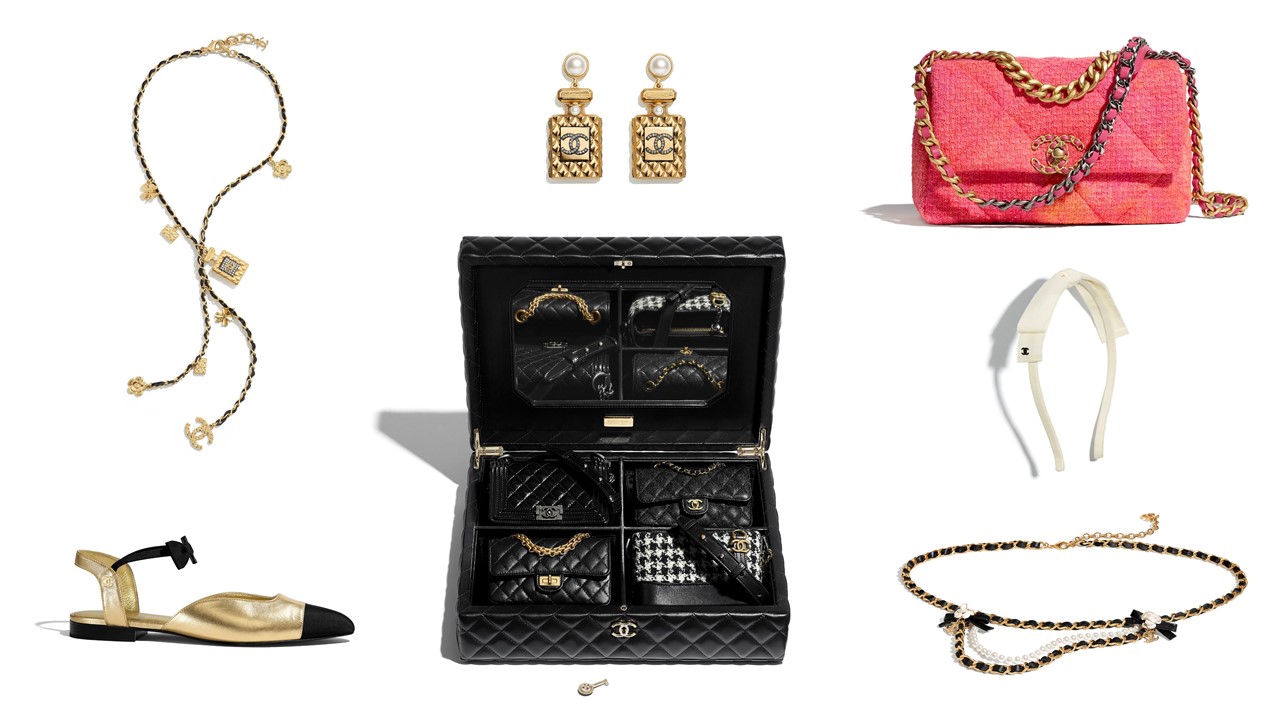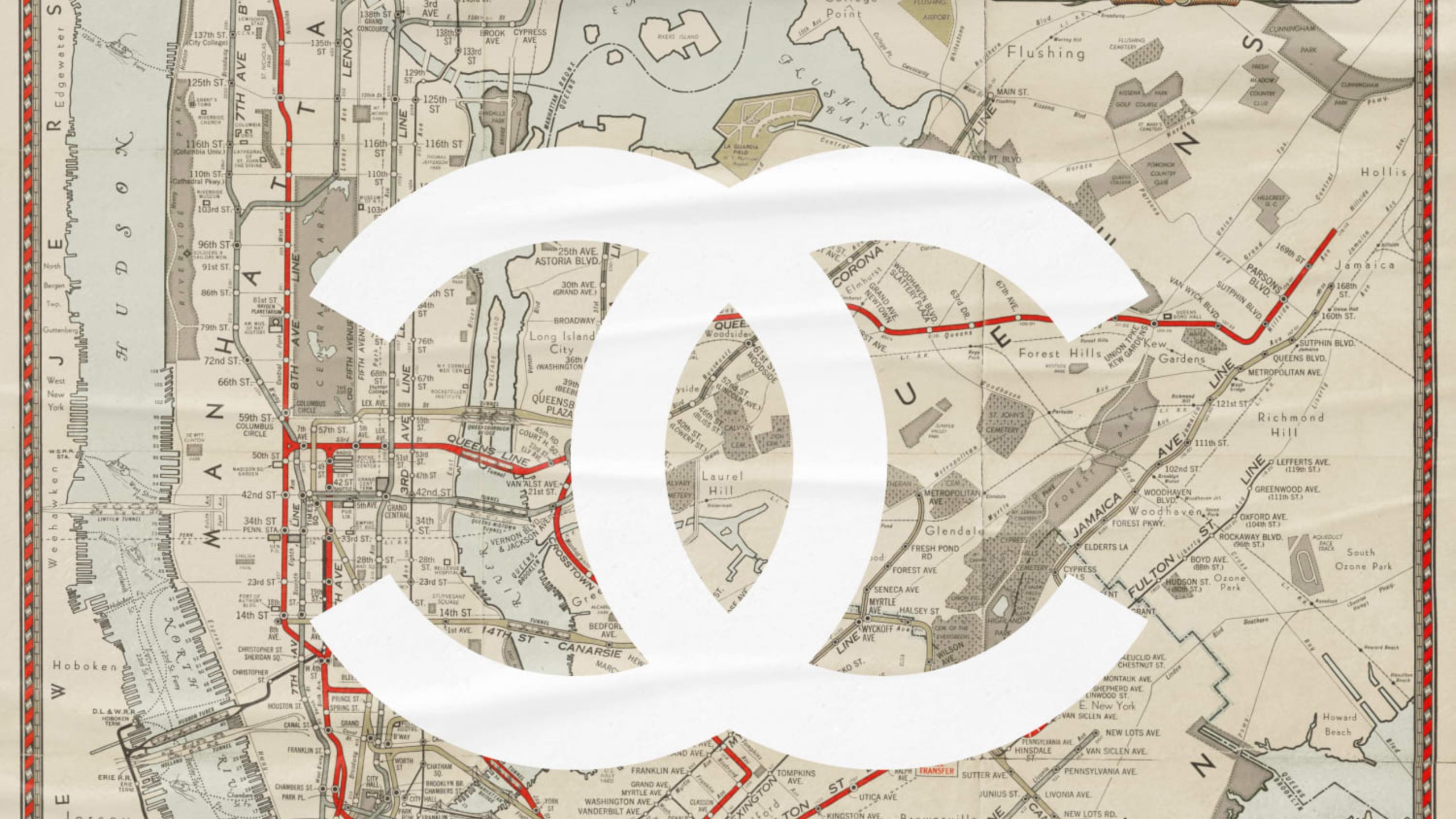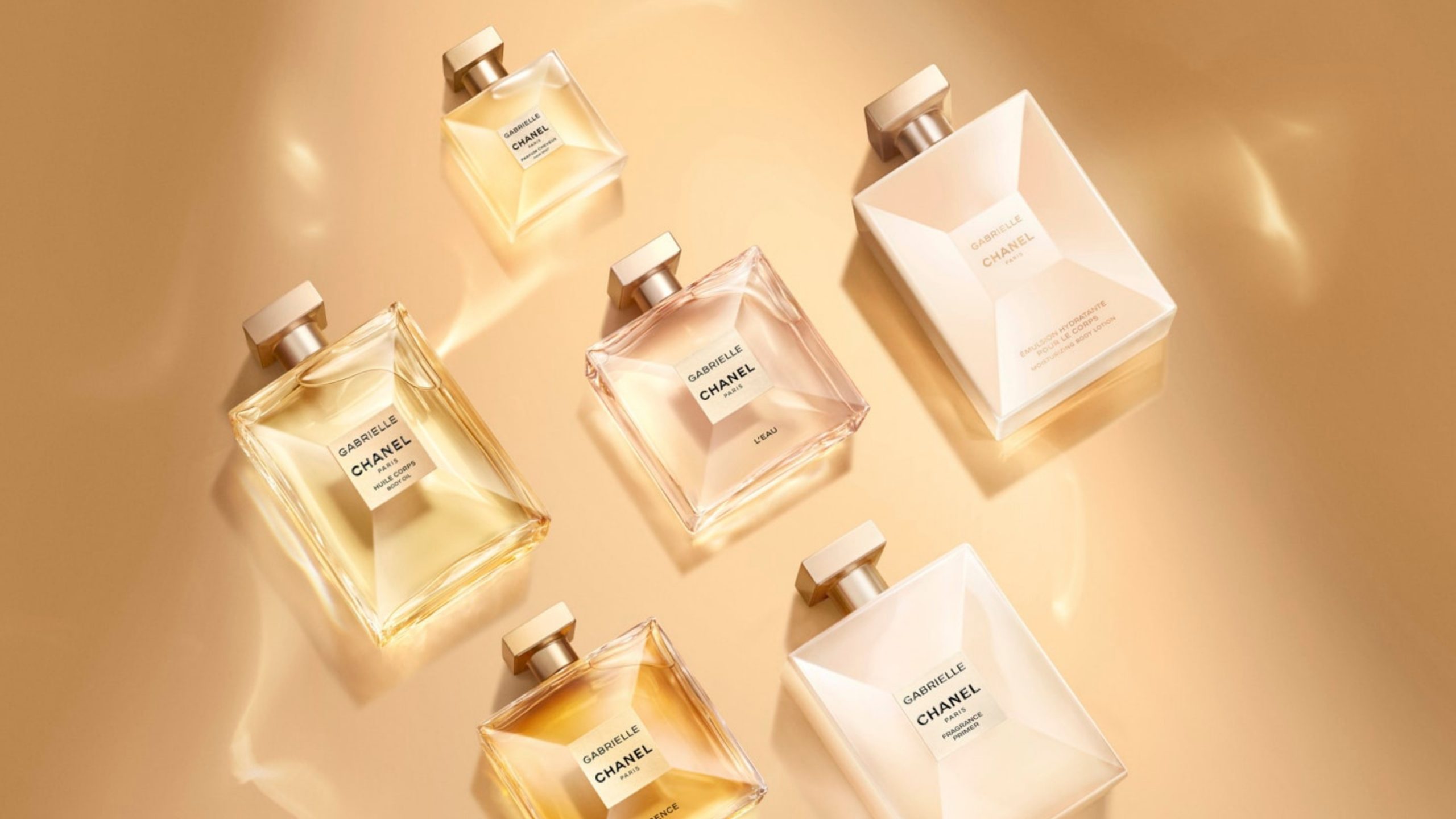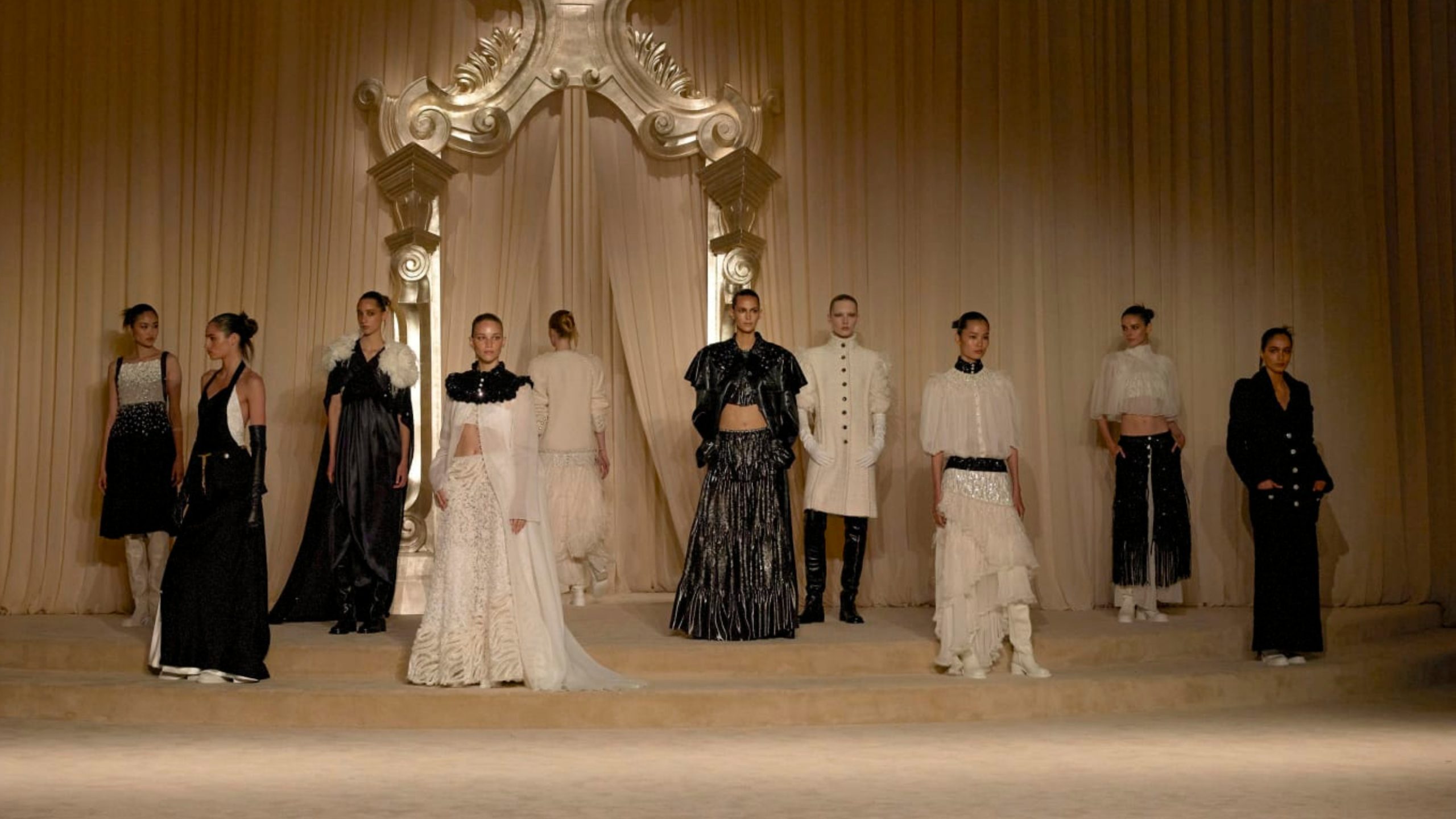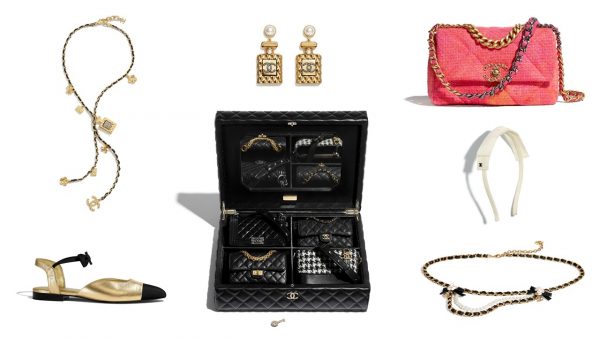
At 31 rue Cambon, the legendary mirrored staircase leads to the Haute Couture salons on the first floor and to the Creation studio on the third floor. Between the two is an extraordinary place, untouched by time: Gabrielle Chanel’s apartment.
The entrance hall first, swathed in 18th century Coromandel screens, with a Moorish statue in sculpted wood that welcomes and invites you into the honey and golden hued salon, where crystal pendants cascade from the gigantic chandeliers. The light gently reflects and diffuses, caressing a bronze deer and doe, falling on the silver-gilt caskets, enveloping the space in a magical aura. Within this unique setting, Mademoiselle Chanel would seek refuge in-between fittings. It was here that she would become Gabrielle again, here that she would dream, contemplate, receive her closest friends, surrounded by her favourite objects, her books and her symbols. Feminine and intimate, this apartment – that still feels inhabited – has always attracted Virginie Viard, who likes to visit it regularly: “Because it’s such a welcoming space. I love the huge sofa in beige suede. Karl liked to surround himself with deep divans too. In fact, Gabrielle’s apartment reminds me of Karl’s first apartment that I knew, where one would sit on four-poster beds disguised as sofas. So, for this Métiers d’art collection, I wanted it to revolve around Gabrielle’s apartment.”
Last spring, when she discussed this idea with Sofia Coppola, a long-standing friend of the House of CHANEL, the film director became enthusiastic and began thinking about the conception of a décor: “We thought about the original shows that were held at 31 rue Cambon, and how great it must have been to see the models walking by so close, and the setting by Coco’s mirrored staircase, which always gives me a thrill to see.” Created in the early 1920s, the cubist faceted mirrored staircase, where Chanel could watch her shows, unobserved and perched, it is said, on the fifth of those beige steps trimmed with white, has become one of the House emblems. It echoes Virginie Viard’s creative process and the moment when she begins thinking about a collection, “I think about the staircase first: I imagine a girl walking down it. Wearing which dress? Which shoes?”
From this conversation with Sofia Coppola comes one of CHANEL’s most beautiful show décors: “Virginie and I talked about the codes of the House, many of which are from Gabrielle Chanel’s apartment, and how to incorporate them into the setting.” Why? Because, in contrast to the grand themes and other countries, such as Egypt or Scotland, that have previously inspired the Métiers d’art collection, Virginie Viard has chosen to pay tribute to the very codes of Chanel, these codes that are embedded in her soul, that are found within the apartment and thus the life of Mademoiselle Chanel.
Embracing the irreverent philosophy of Mademoiselle – to never be like the others – this season moves away from the exotic themes and distant journeys that have today become the norm in fashion. “This is the return to the codes and the very first Métiers d’art show in 2002, which actually took place in the salons, at 31 rue Cambon. That show was very dear to me,” continues Virginie Viard, “the models smoked cigarettes while listening to Lou Reed. It was more of an attitude than a theme.” And Chanel’s attitude is indeed a vocabulary. “Fashion changes but style endures,” Mademoiselle would say. So, a refocus on the style essentials: her codes.
They are all there, in Mademoiselle’s apartment, the protective objects linked to her life experiences, to her loved ones. They are talismans: gold lions, always in pairs, because it was her star sign; the double C interlaced in the majestic jewelled pendant chandelier, next to the 5, her lucky number, and the name of CHANEL’s first and legendary perfume; and on the Coromandel screens, alongside a phoenix, the camellias, Mademoiselle’s emblematic graphic flower, long worn by 19th century courtesans and dandies, that Gabrielle Chanel mischievously introduced into the wardrobes of socialites. They are among the codes – including the bows, the chain, the two-tone – that Virginie Viard has chosen to honour. “For me, these are treasures,” she tells us, “I like to have a CHANEL item in my bag, a piece of jewellery, a compact. It’s always reassuring. Her apartment was like a veritable showcase where she kept all the little treasures given to her by friends, like the ear of wheat painted by Dalí.” Wheat, another code, symbolising life and prosperity, accompanied Mademoiselle Chanel everywhere, appearing as bouquets on her mantlepiece, or sculpted as the foot of a gilded table by Goossens, the goldsmith which today is part of CHANEL’s Métiers d’art. As are the embroiderers Lesage and Montex, the feather and flower maker Lemarié, who will create the wheatsheaf in sequinned embroideries, the camellias sculpted into the garments and the double C in black flowers. “I have completely absorbed the Chanel codes. I saw Karl twist them so much. I have grown up here. I am a child of Karl and Gabrielle.”
For the last thirty years it has been Virginie Viard who liaises with the Métiers d’art, constantly researching and experimenting with them. Behind the silhouettes that will be on the runway on December 4th are the creations born from their endless conversations: camellias printed on ethereal feathers, chains embroidered into braiding and ears of wheat made of aged gold cuvette sequins. “The Métiers d’art provide me with their savoir-faire. They make our creations sublime.”
31 rue Cambon CHANEL Chanel Métiers d’art Karl Lagerfeld Métiers d’art sofia coppola virginie viard
